Czechia
The Czech Republic is a unitary state composed of municipalities (obec) and regions (kraje).
CEMR in the Czech Republic – Union of Towns and Municipalities of the Czech Republic (www.smocr.cz)










Local governments
The municipal council (zastupitelstvo obce) is the municipality's deliberative assembly and is composed of members elected by direct universal suffrage for a four-year term. It appoints the members of the municipal committee.
The municipal board (rada obce) is the executive body of the municipality and is made up of members elected by and from within the municipal council for a four-year term. The mayor and vice-mayors are also members of the committee, which can form specific commissions, such as a financial commission, cultural commission and commission for minorities.
The mayor (starosta for smaller municipalities or towns and primátor for larger towns or cities) is elected by and from within the municipal council for a four-year mandate. He/she stands at the head of the municipal committee and administration, and represents the municipality. In municipalities with fewer than fifteen municipal council members, the executive authority is ensured by the mayor.
The City of Prague, the capital of the Czech Republic, and other large cities (so-called statutory cities) are divided into metropolitan districts, each made up of its own elected local council. The city's local council is composed of members elected by direct universal suffrage for a four-year term. Council members elect the mayor of the city as well as the members of its executive body, the municipal committee.
-
- Municipal budget and municipal property management
- Issuing municipal decrees
- Local development
- Agriculture and forest management owned by the municipality
- Municipal police
- Water supply and sewage
- Household refuse
- Primary education – elementary schools, kindergartens
- Housing
- Social services
- Spatial planning
- Cooperation with other municipalities and regions
- Public transport









Regional governments
The regional assembly (zastupitelstvo kraje) is the region's deliberative body and is composed of members elected by direct universal suffrage for a four-year term. It controls the regional budget and the subsidies granted to municipalities. It can also submit draft legislation to the national chamber of deputies.
The regional board (rada kraje) is the executive body of the region and is made up of the president, vice-presidents and other members elected by and from within the regional assembly for four years. It is assisted by a regional authority (krajský urad), which is headed by a director and divided into several departments in charge of specific fields, such as social affairs, transport, spatial planning and environment.
The president (hejtman) is elected by and from within the regional assembly for a period of four years. He/she represents the region at the local, national and international governmentss.
The City of Prague is both a municipality and region with only one assembly and one board.
-
- Secondary education
- Road network
- Social services
- Environment
- Transport
- Regional development
- Health
